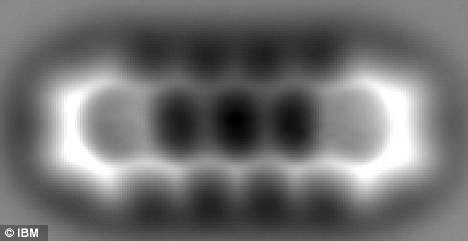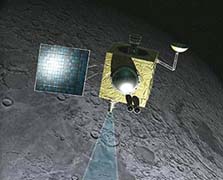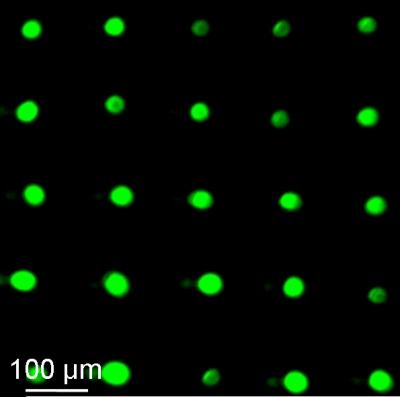
© NASAIn 1996, researchers suggested that microscopic rod-like structures in a Martian meteorite called ALH84001 were the fossilised remains of tiny bacteria. Although most researchers now doubt the claim, since the structures can be made inorganically, a new study suggests the rock was once bathed in water at the right temperature to support life as we know it.
A 1996 claim of fossilised microbes in a meteorite from Mars has yet to be confirmed, but a new analysis does suggest the rock's Martian environment had the conditions conducive to life.
Researchers led by David McKay of NASA's Johnson Space Center in Houston, Texas, caused a sensation 13 years ago when they proposed that a chunk of Mars rock found in Antarctica, called ALH 84001, contained possible signs of past life on the Red Planet, including complex carbon-based molecules and some microscopic objects shaped like bacteria.
But the claim was never widely accepted. Other scientists countered that the shapes were ambiguous and that the complex carbon-based molecules could have been produced without life, since they are also found in chunks of asteroids that fall to Earth as meteorites, for example.
And some argued that the carbon in the meteorite could have been deposited in very harsh conditions, involving water at more than 150 °C. Even the hardiest known terrestrial microbes die above about 120 °C.
But a new analysis suggests the water involved was cool enough to allow for life, which at least keeps open the possibility of fossilised life in the meteorite. The study was led by Paul Niles of NASA Johnson. Neither he nor any of the other team members were part of the 1996 life claim.










Comment: